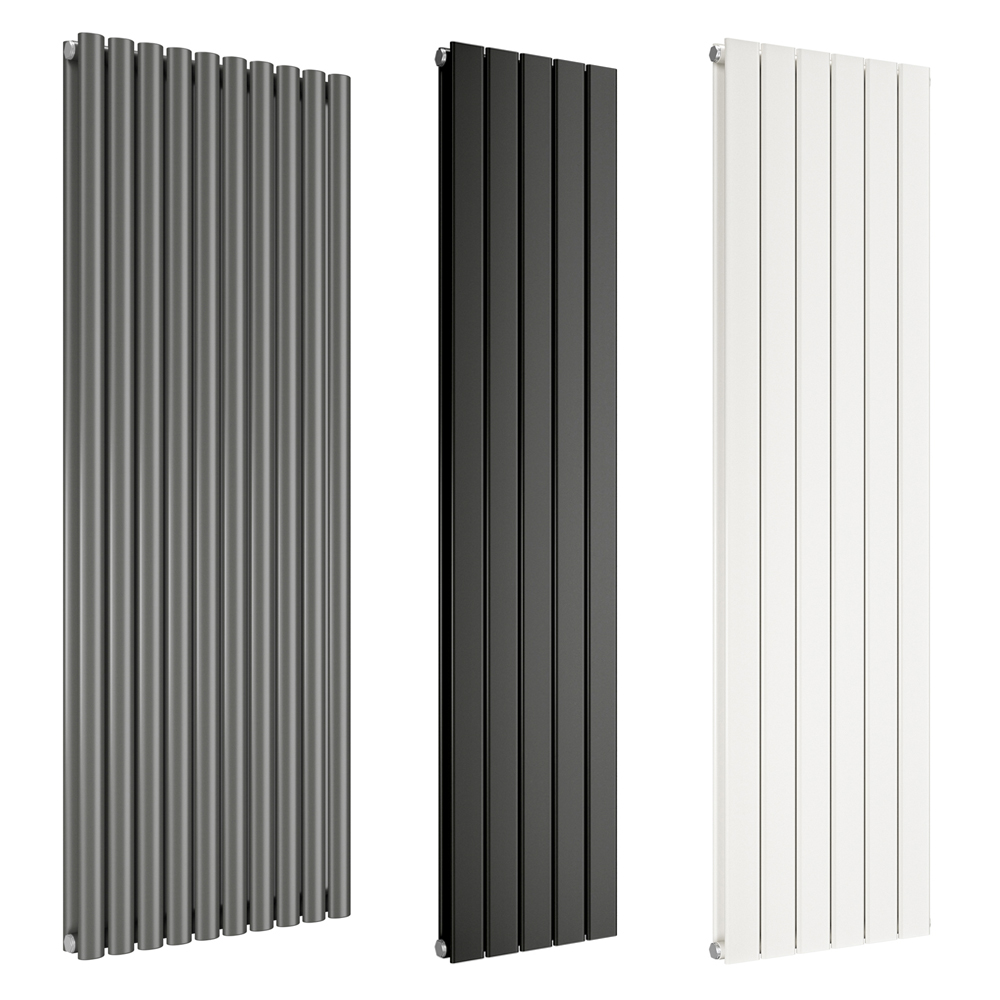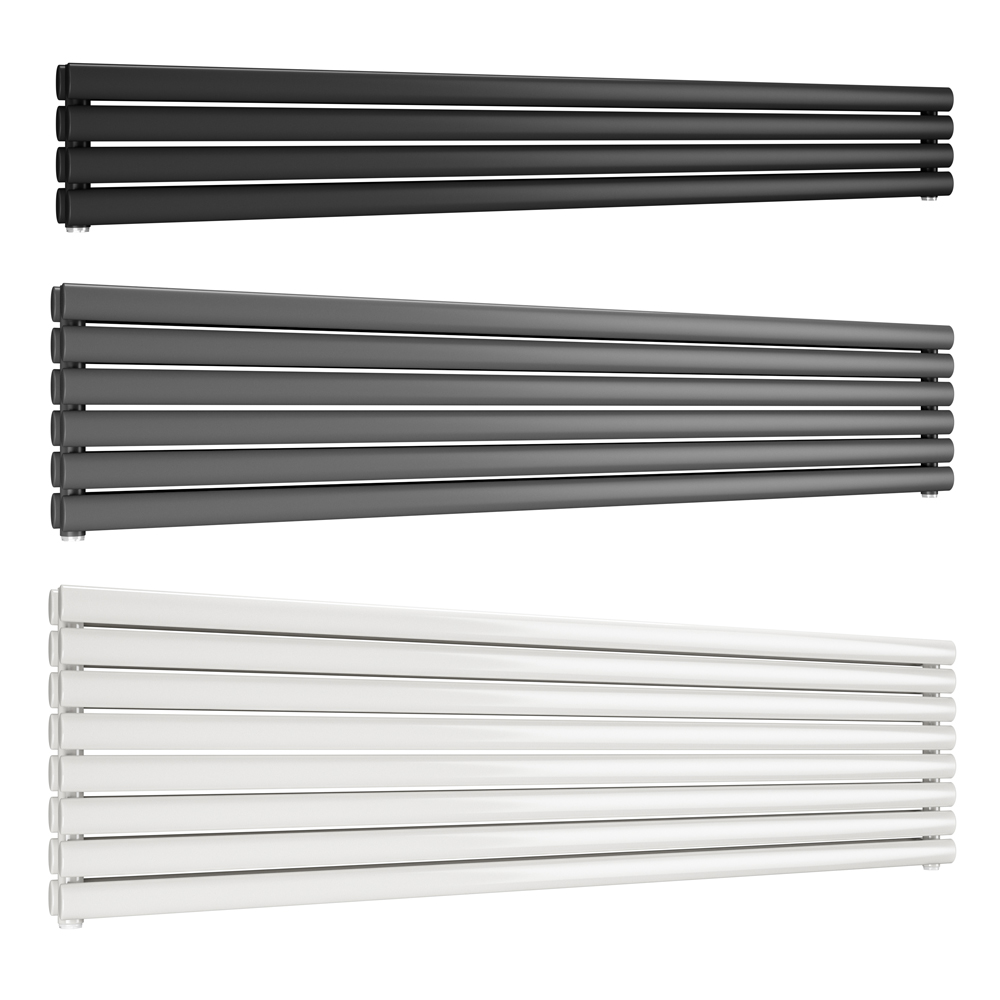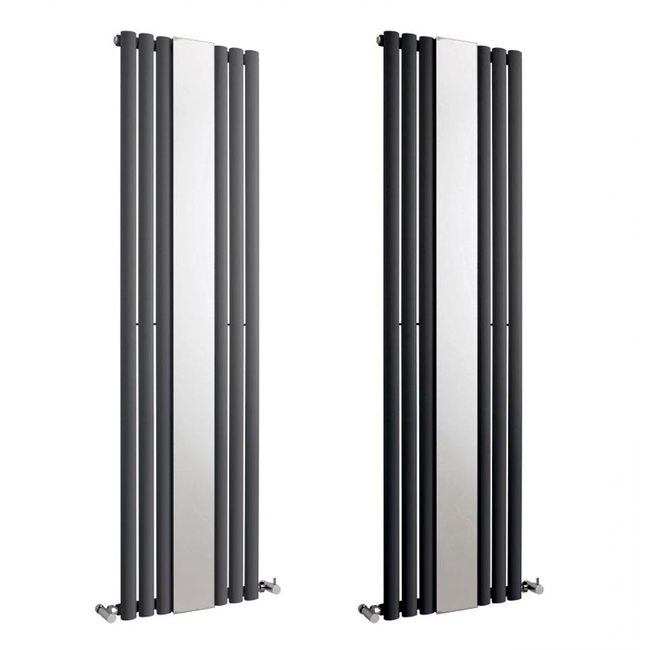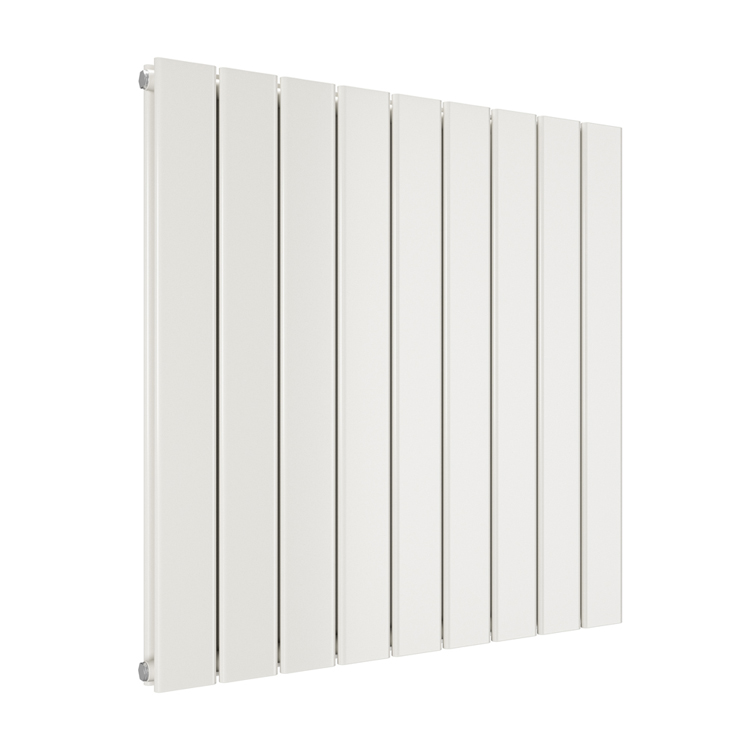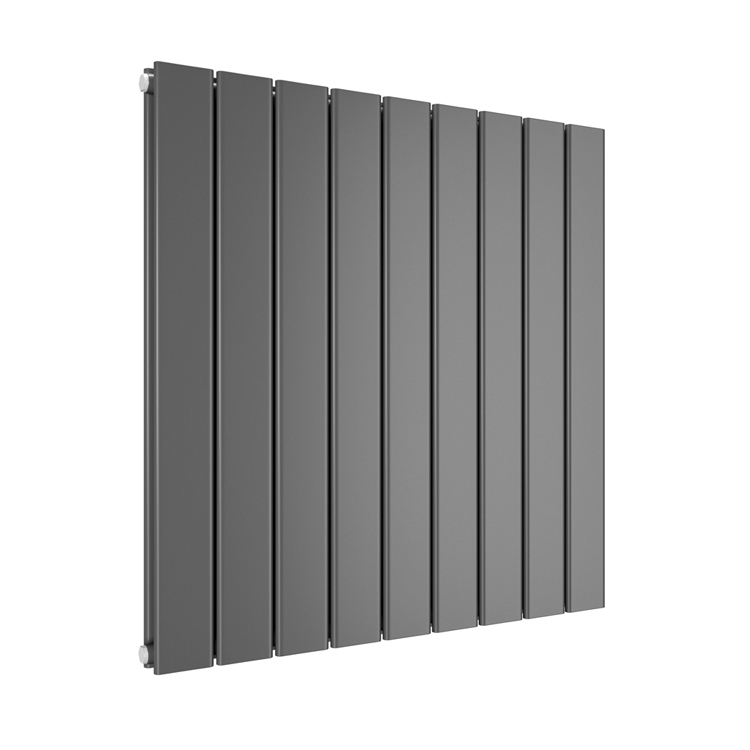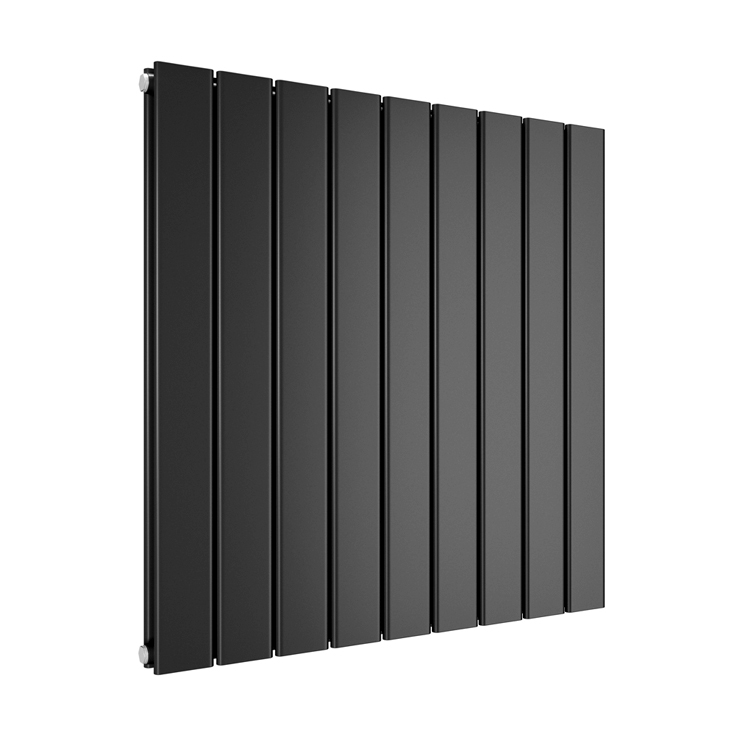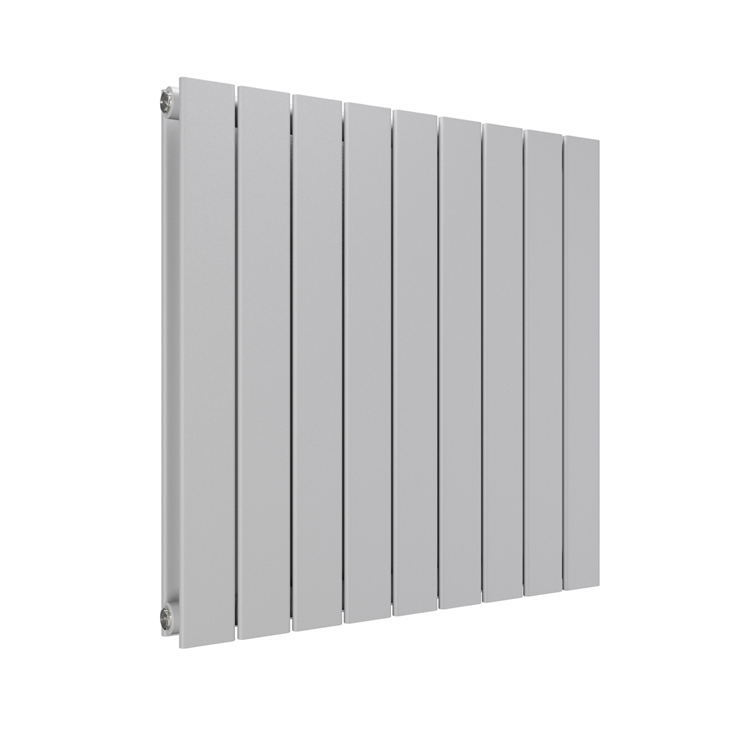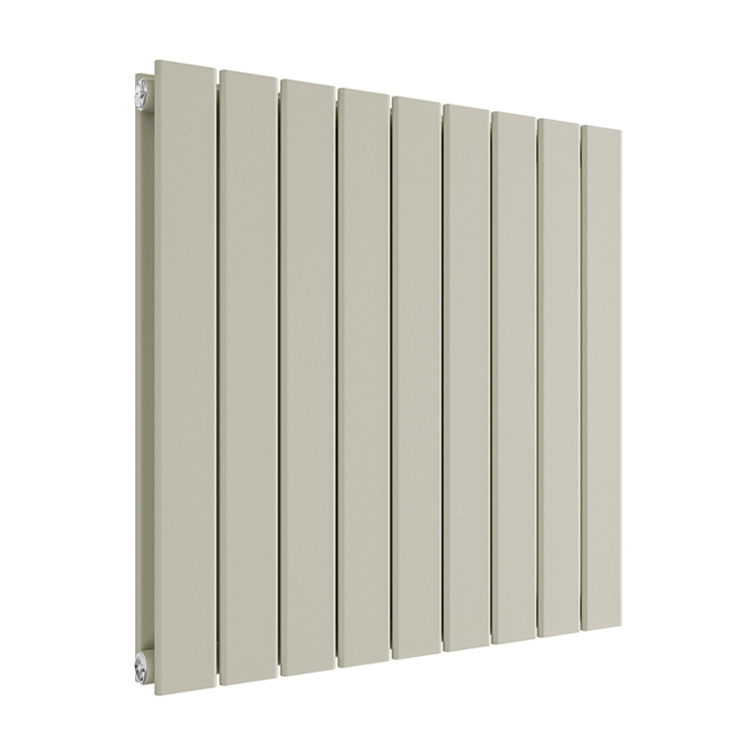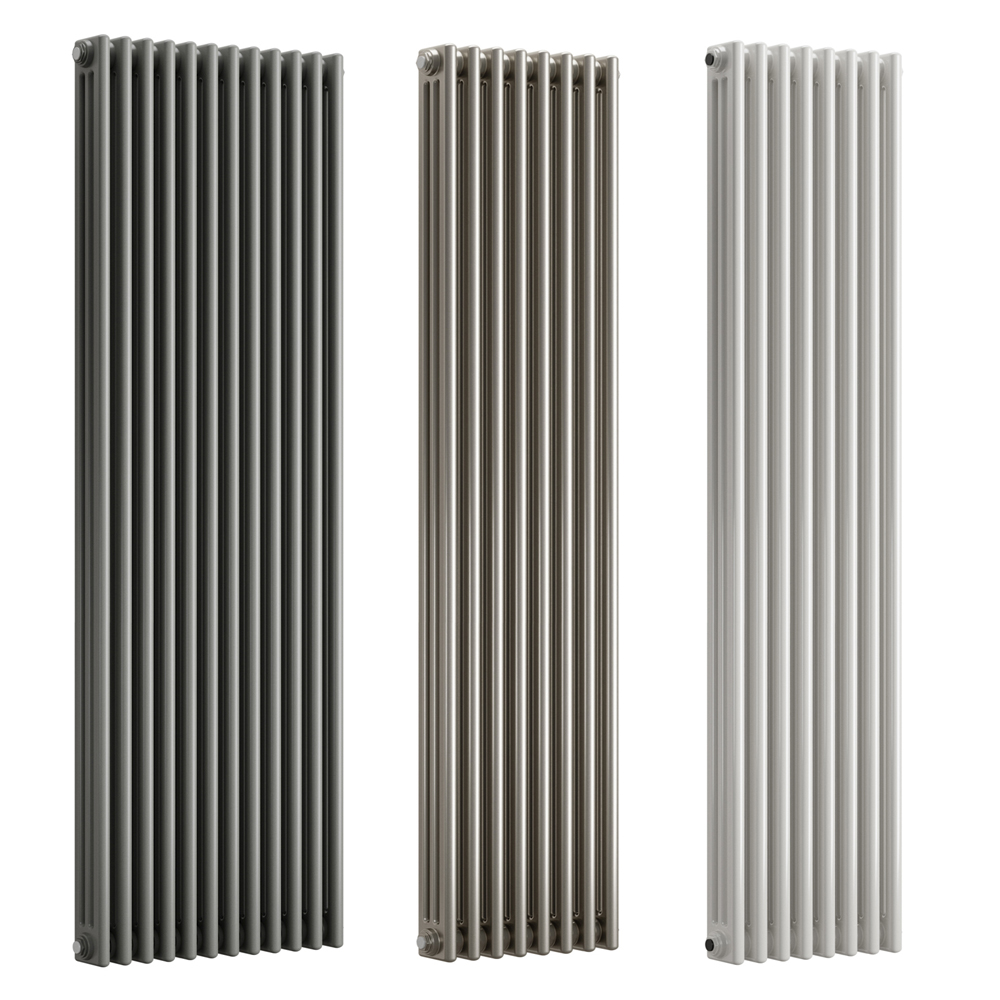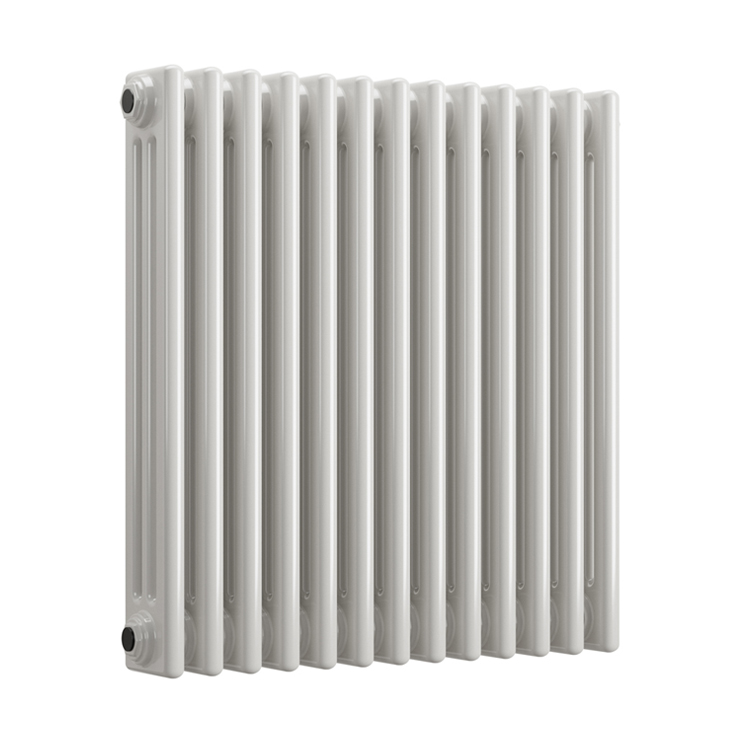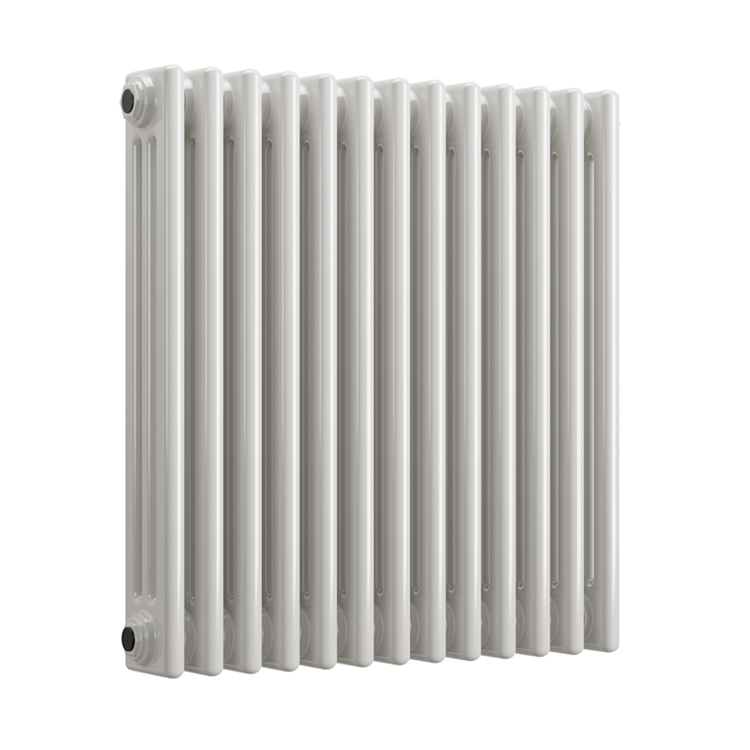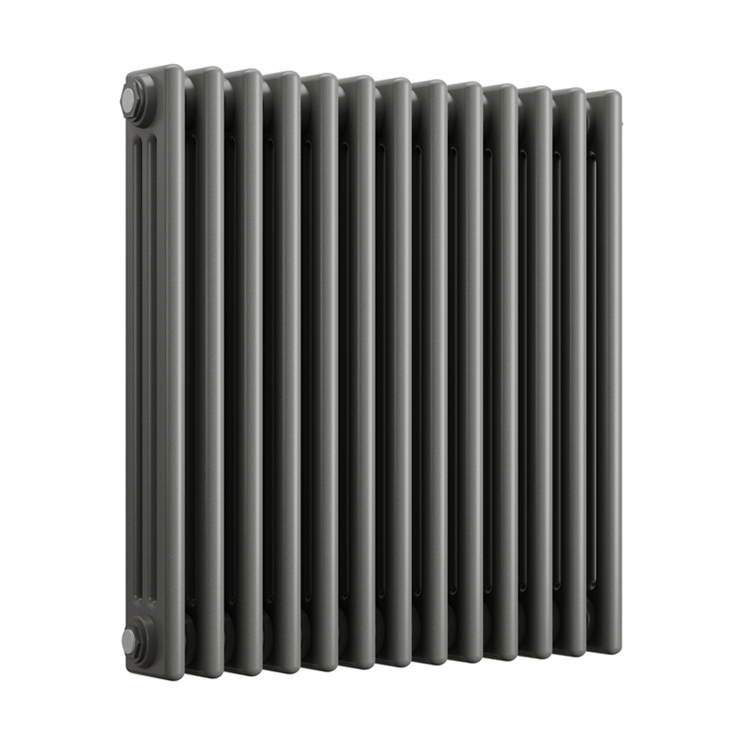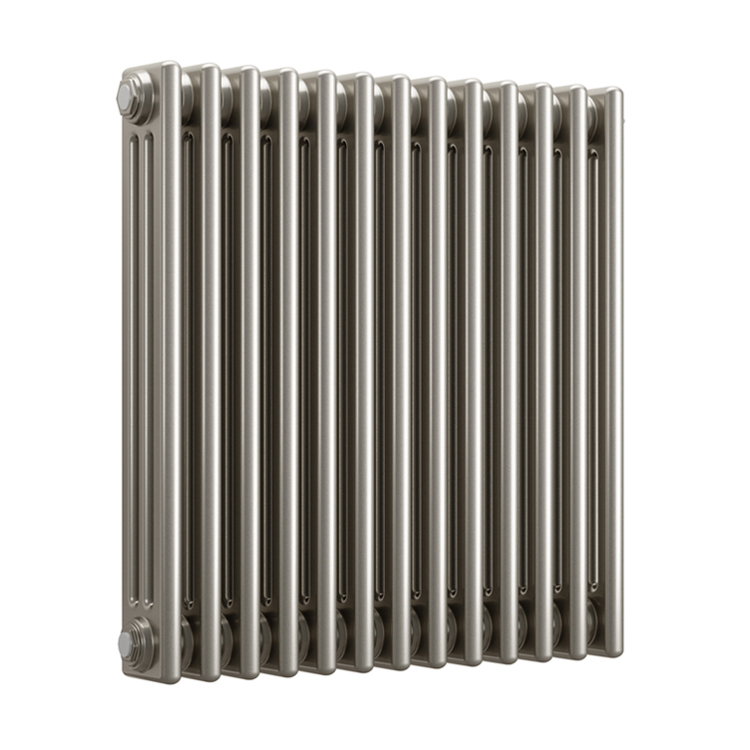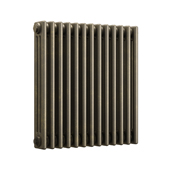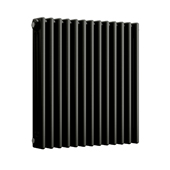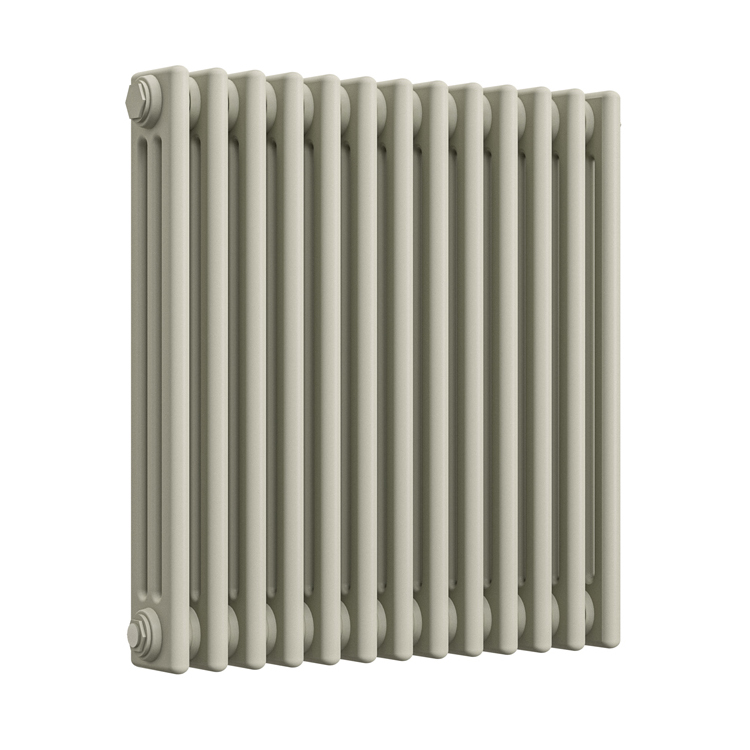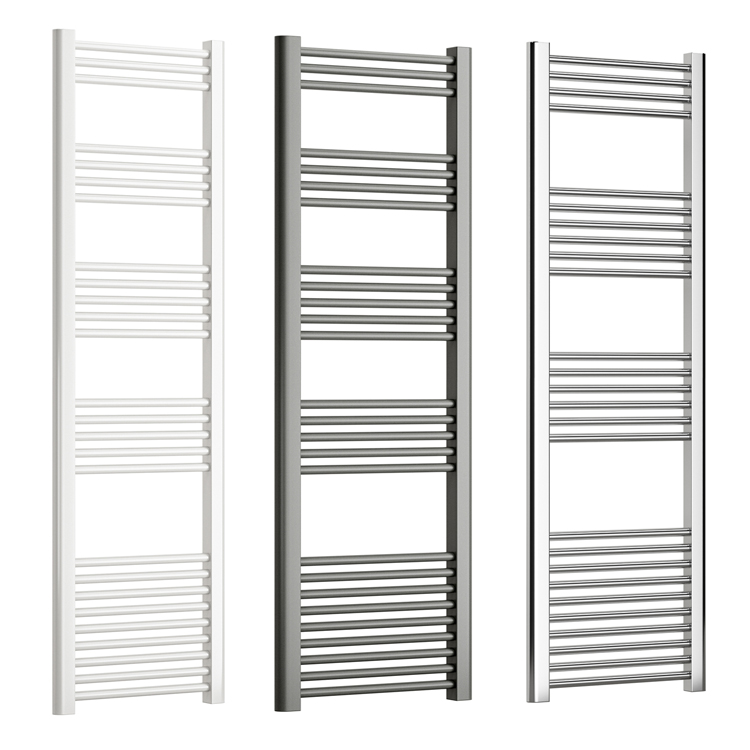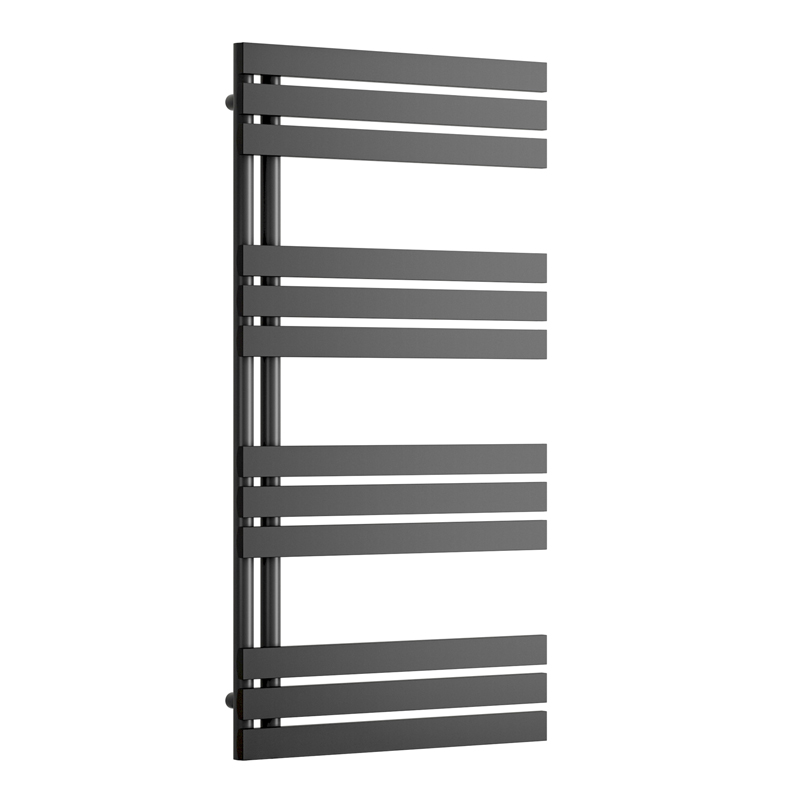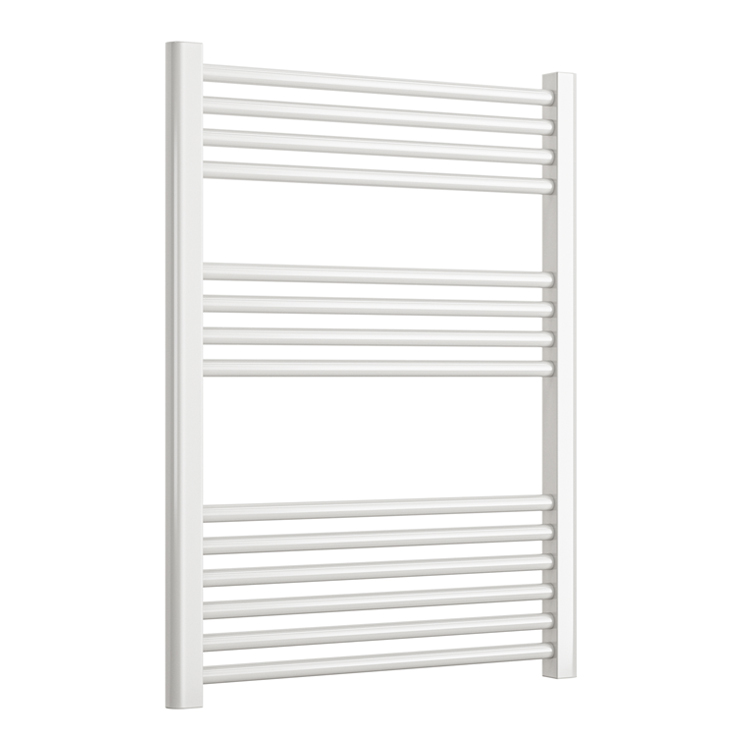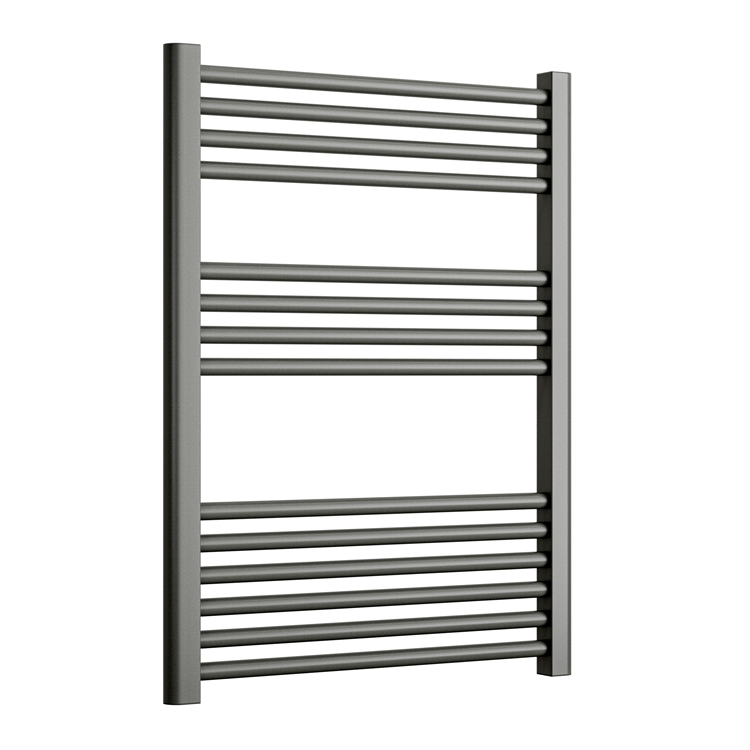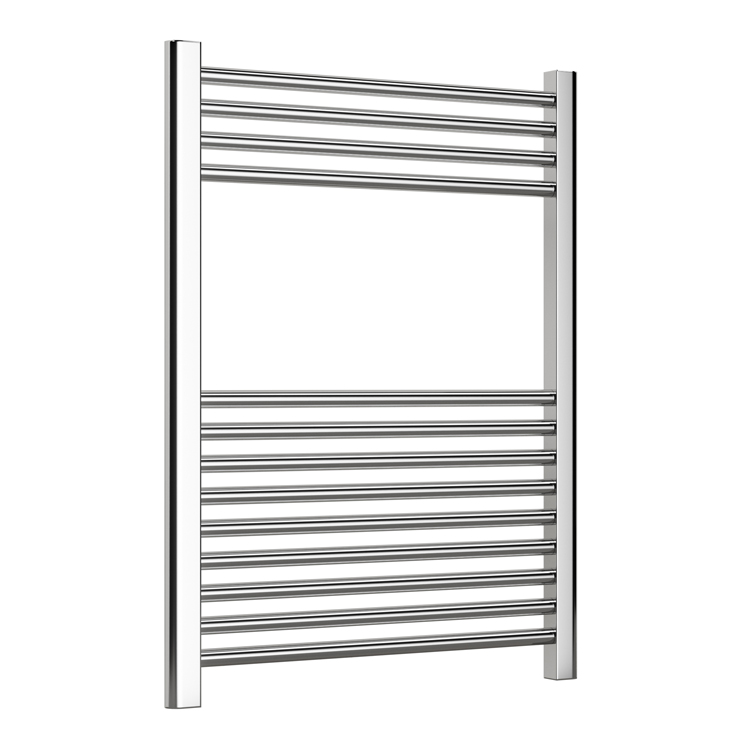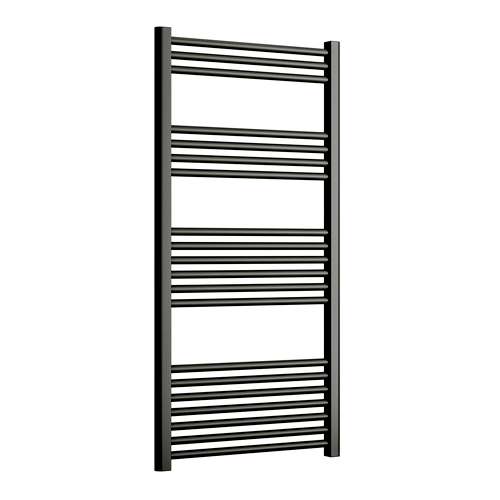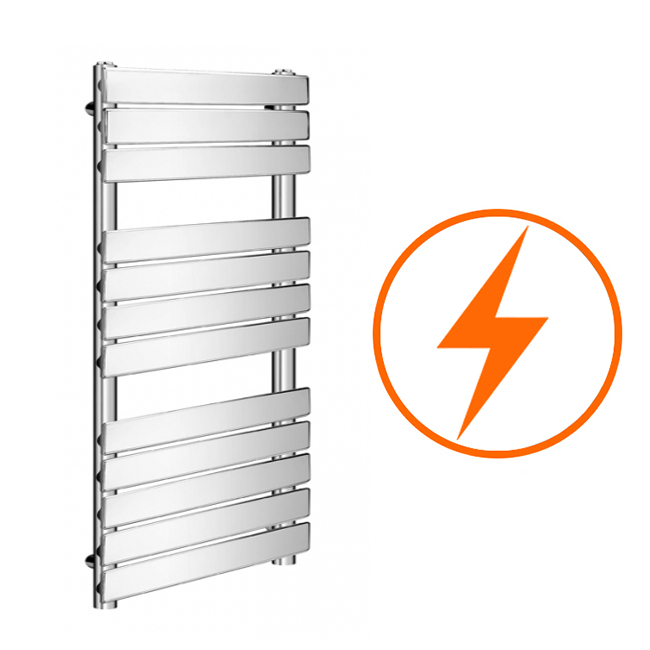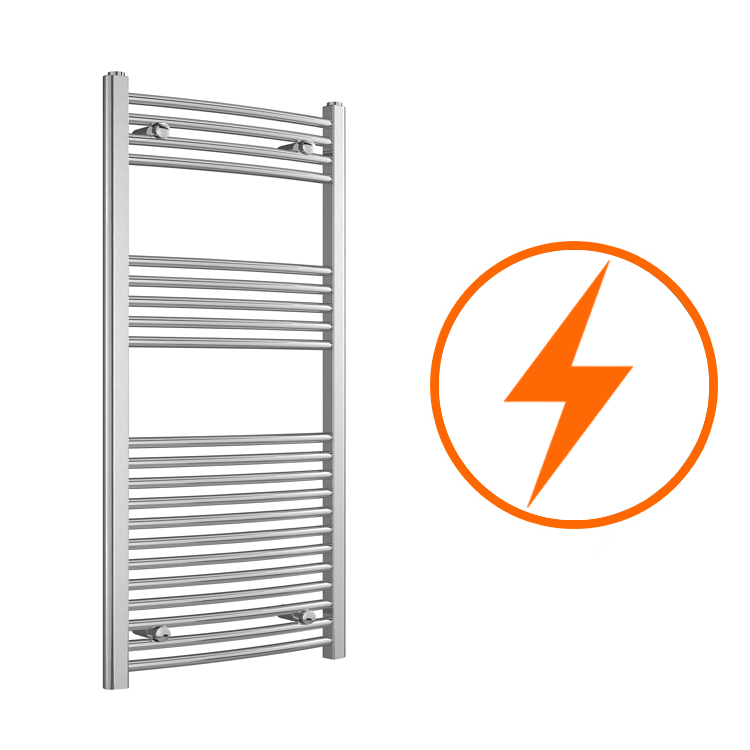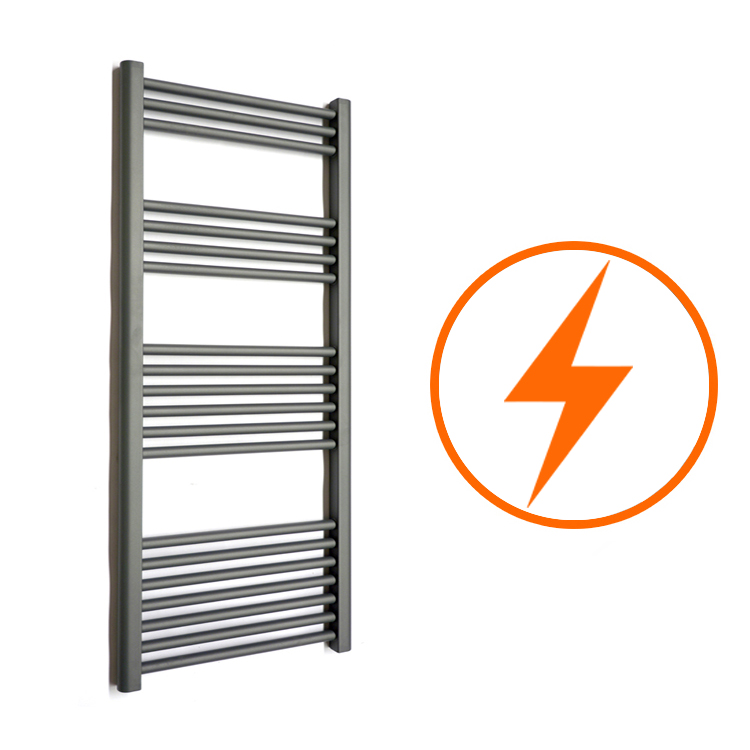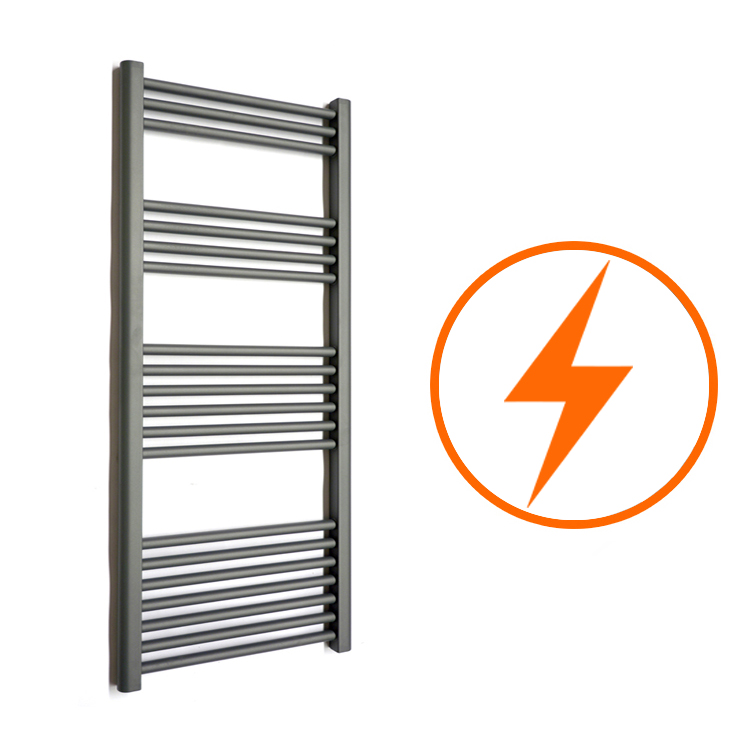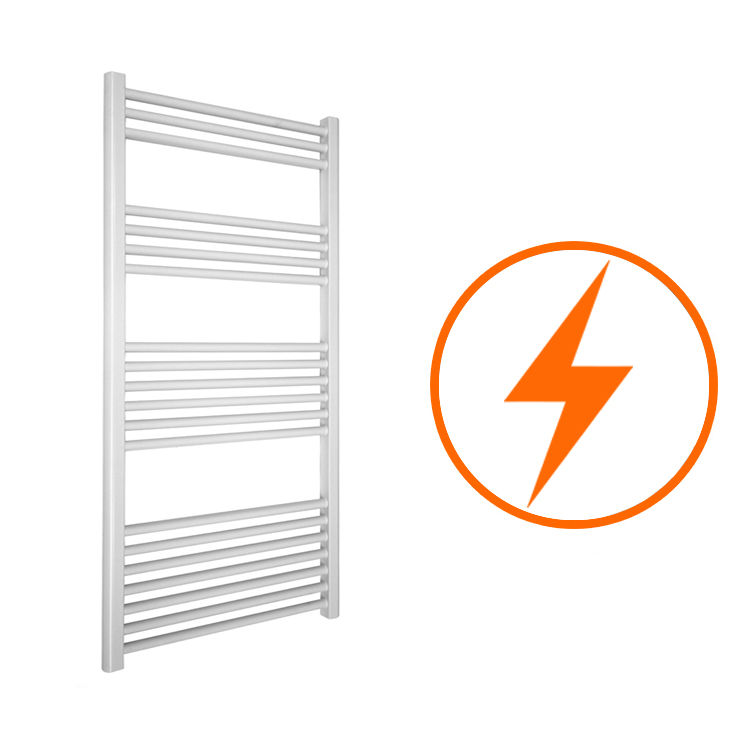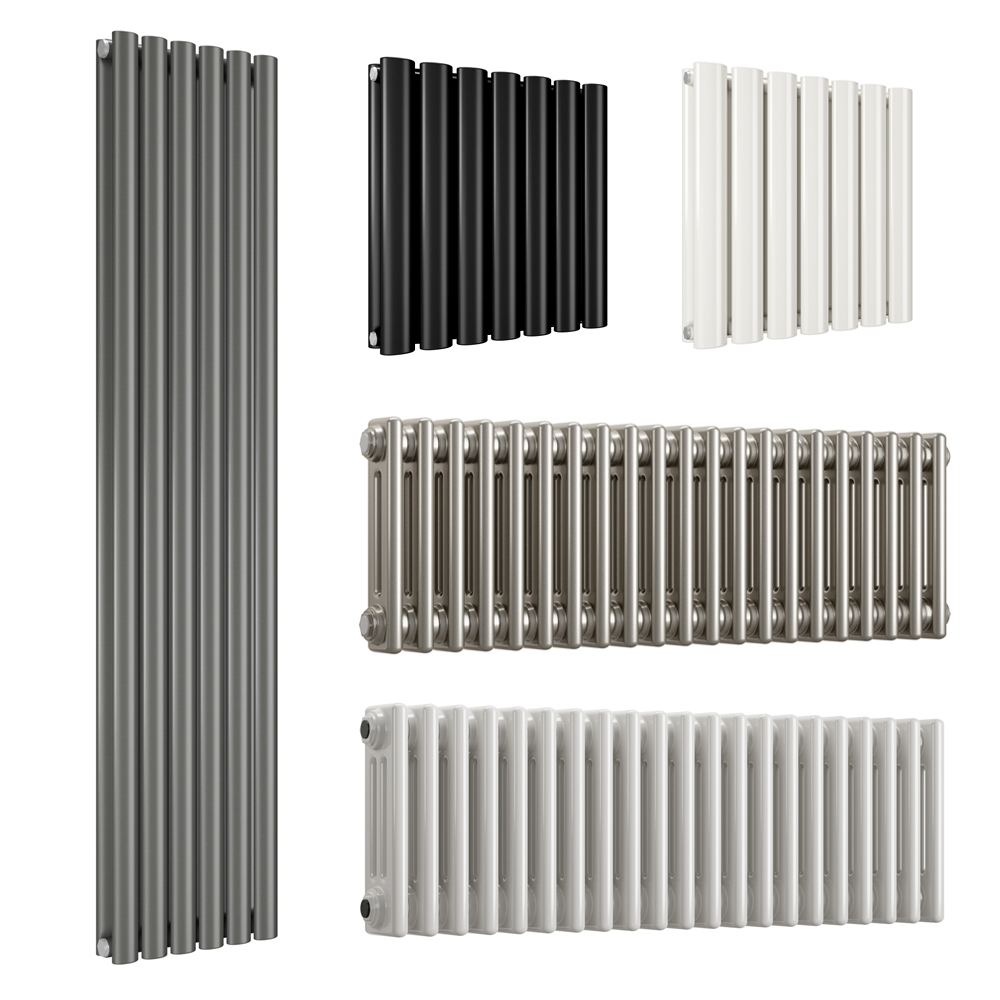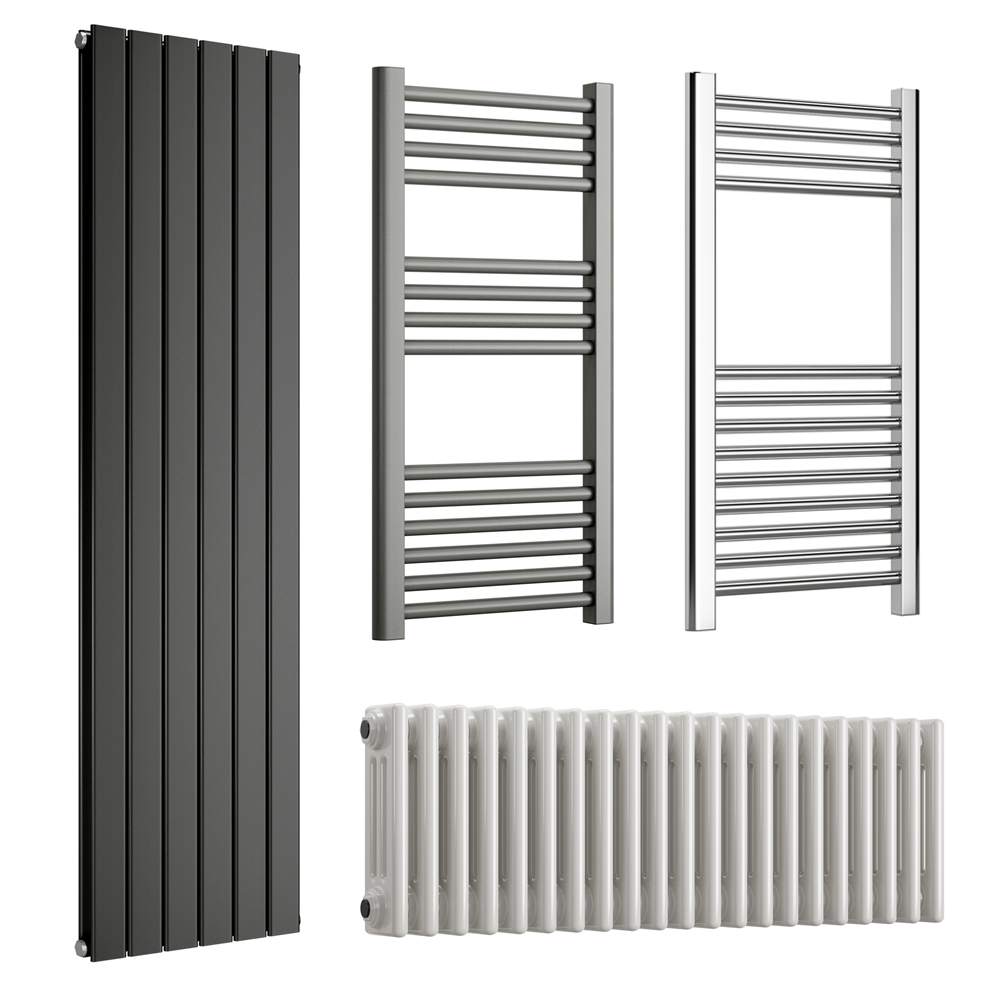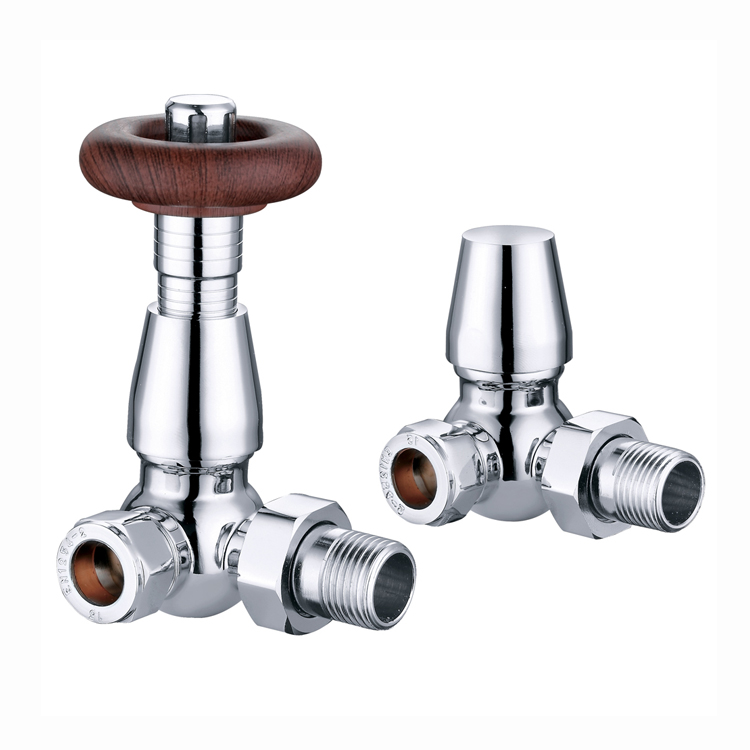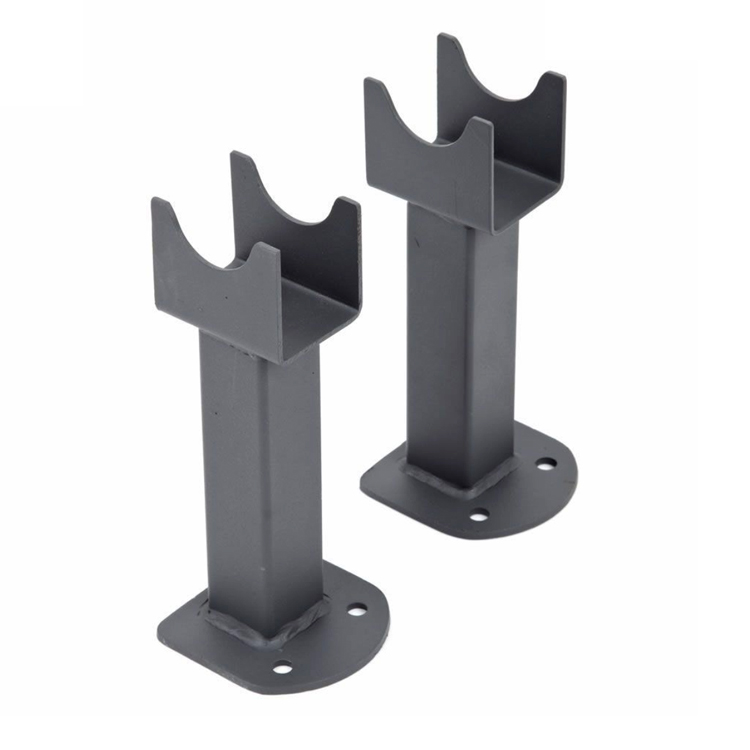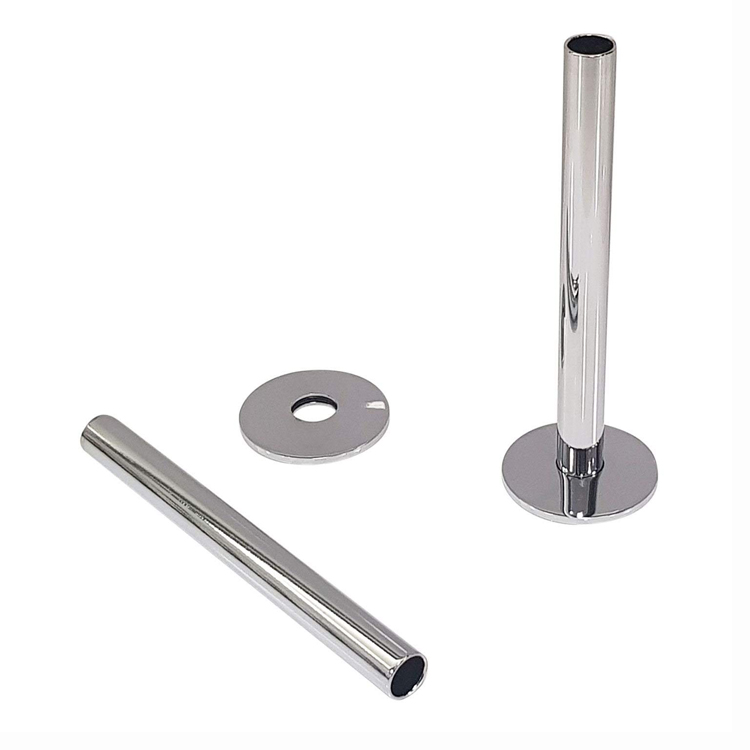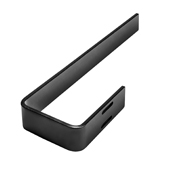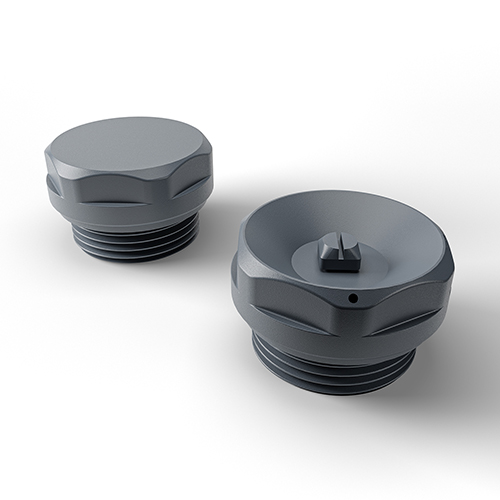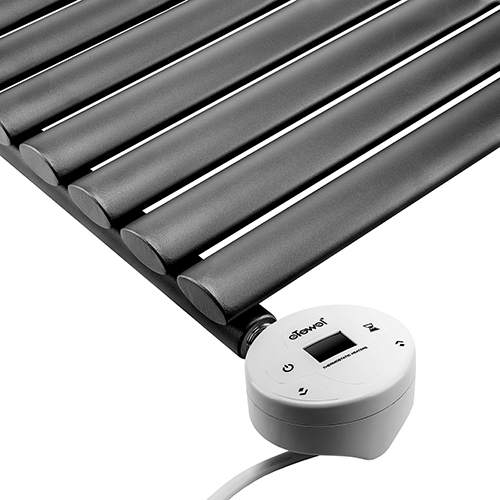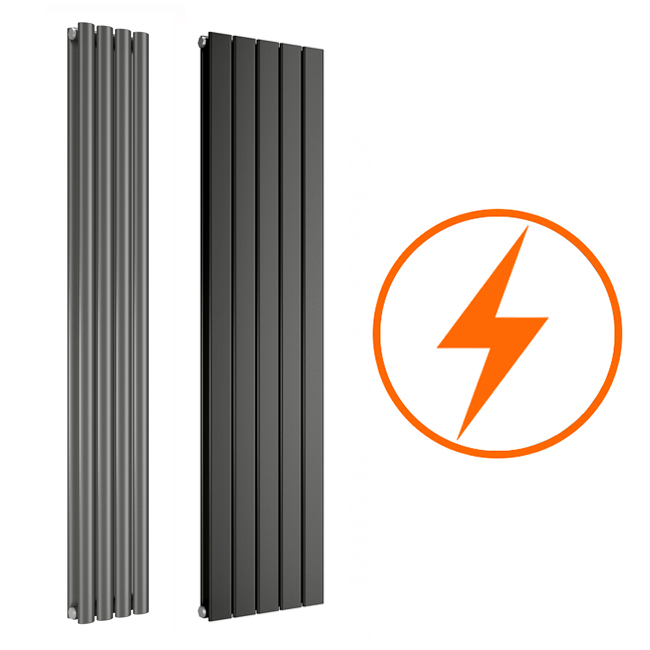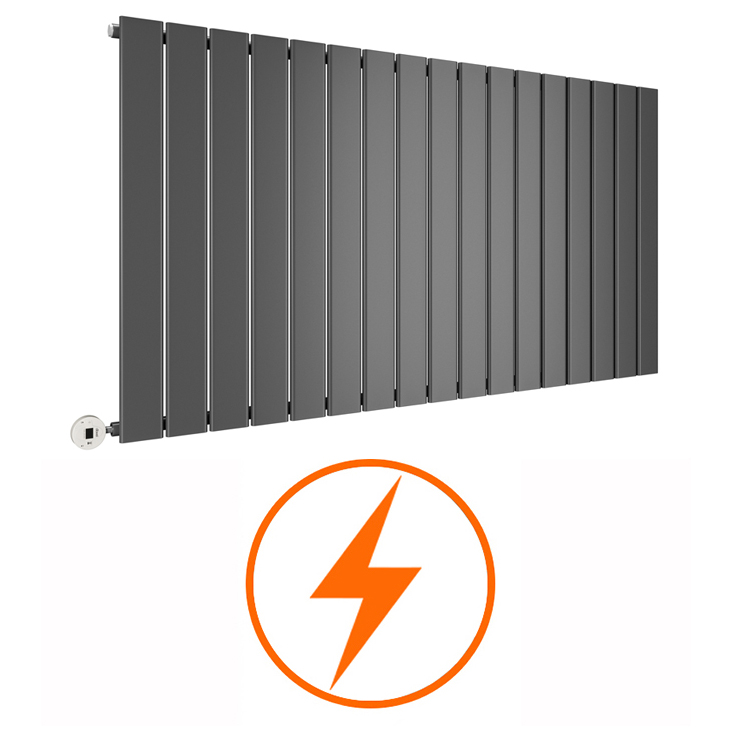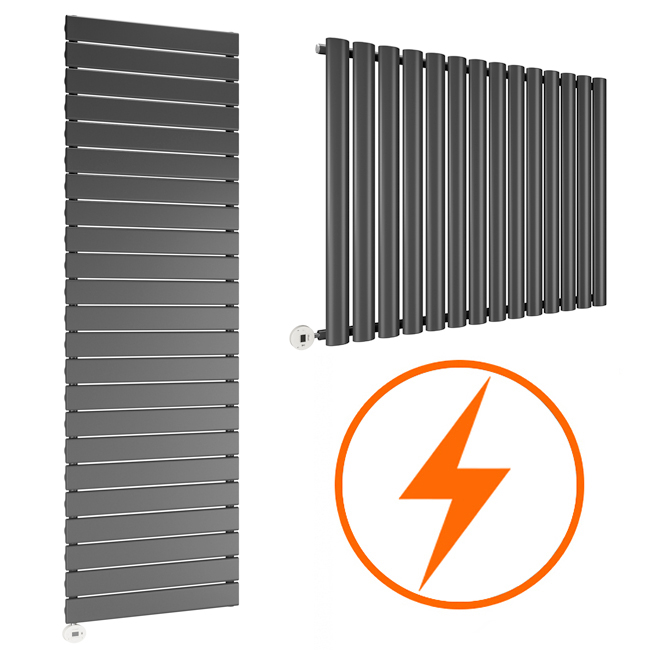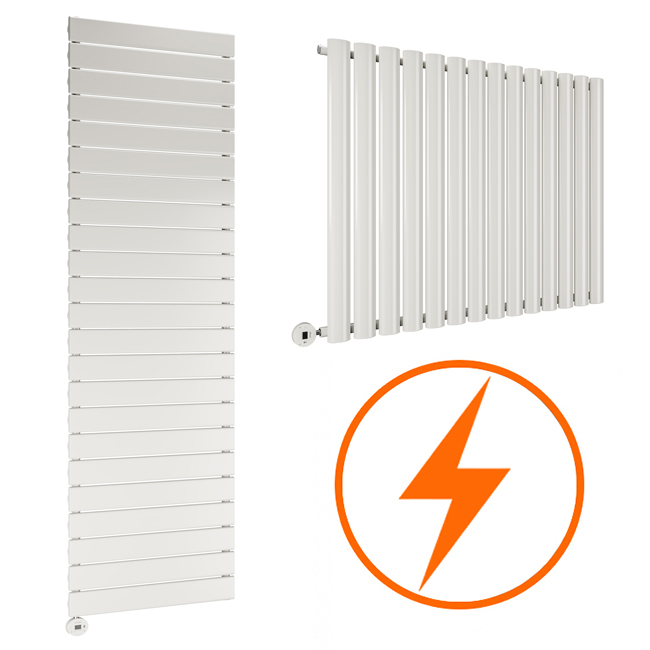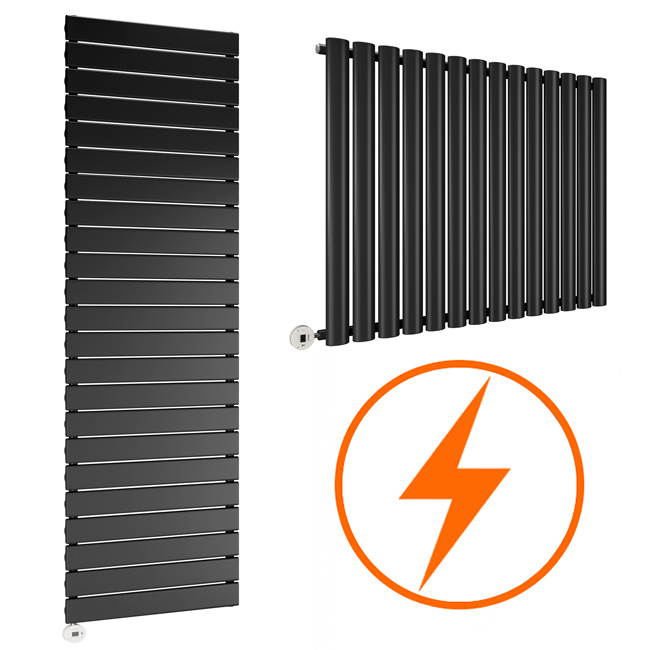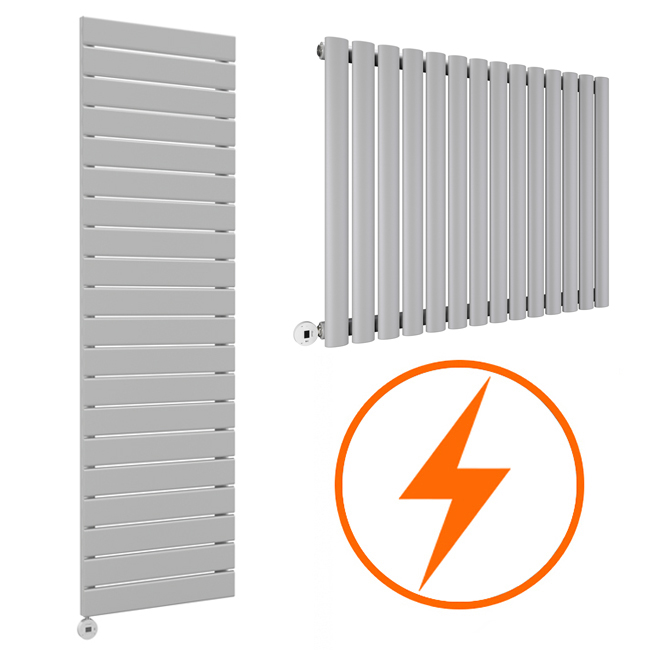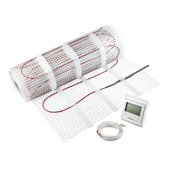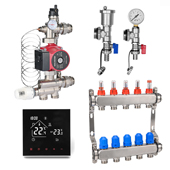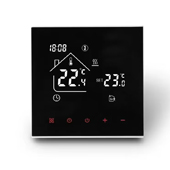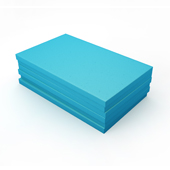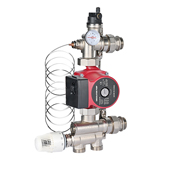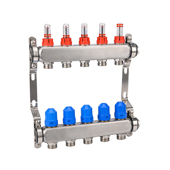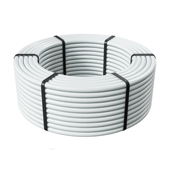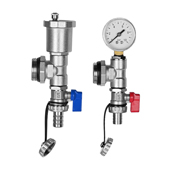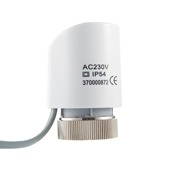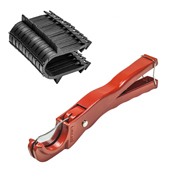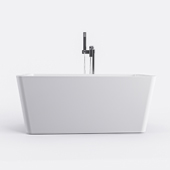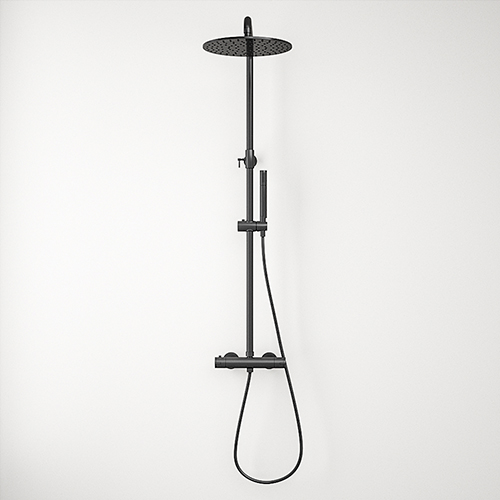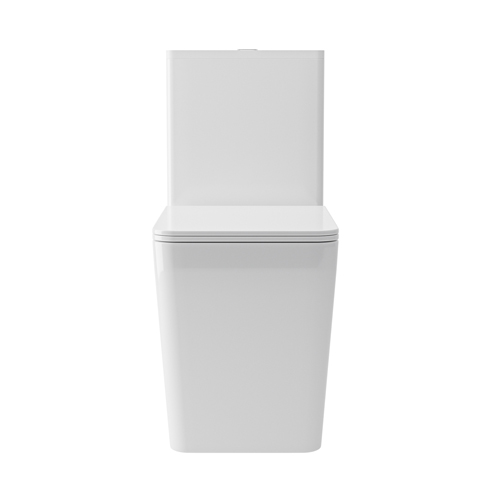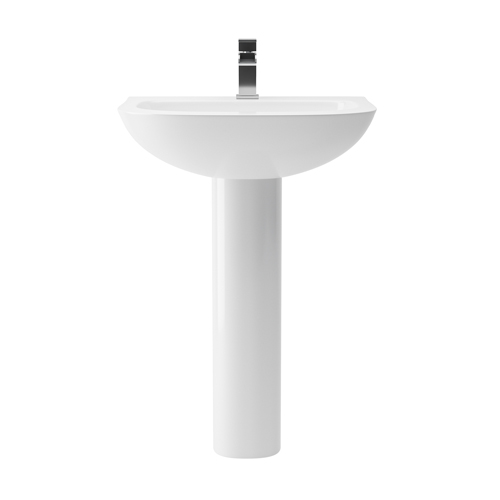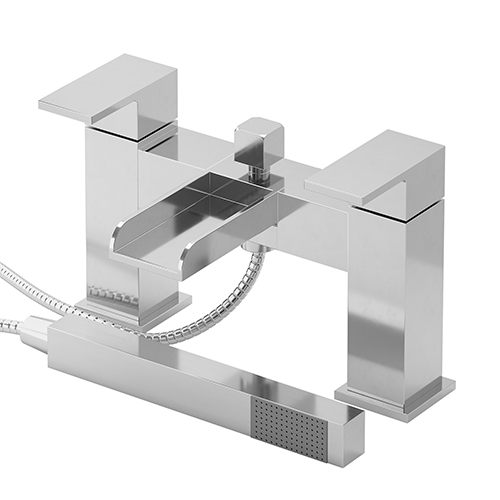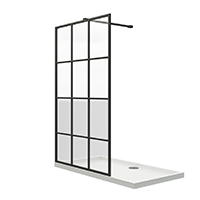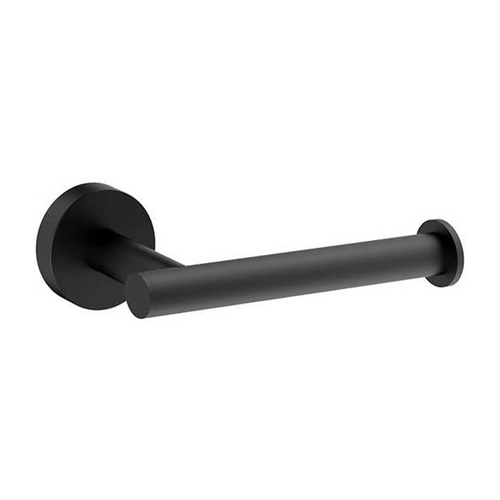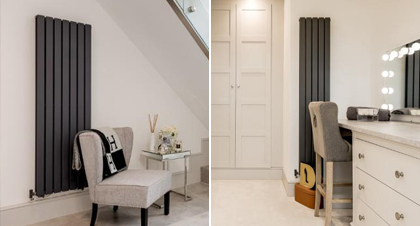Are you looking for ways to maximise space and add a touch of style to your home heating system? If so, you may want to consider installing vertical radiators.
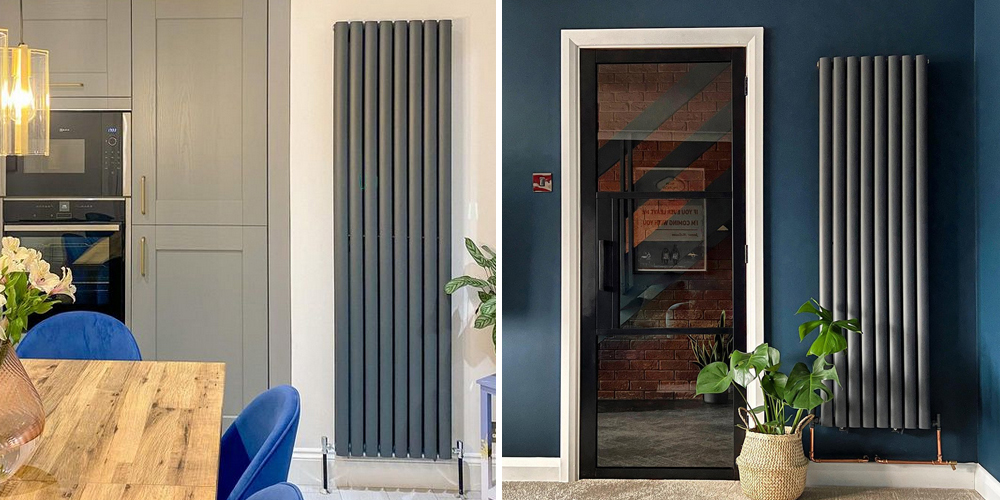
Are you looking for ways to maximise space and add a touch of style to your home heating system? If so, you may want to consider installing vertical radiators. Designer vertical radiators are becoming increasingly popular in modern homes due to their sleek design and practical benefits. But are they the right choice for your home?
What are vertical radiators?
Vertical radiators are heating devices that are installed on a wall in a vertical orientation. They come in a range of sizes and shapes to suit different spaces and design preferences. Vertical column radiators have a similar purpose to traditional horizontal radiators: they distribute heat throughout a room to keep it warm and comfortable.
The different types of vertical radiators
There are many different types of vertical radiators available, each with its own benefits. Some of the most common types include:

Single panel vertical radiators: These are the simplest type of vertical radiator, consisting of a single panel that emits heat. They are ideal for smaller rooms or as a secondary heat source.
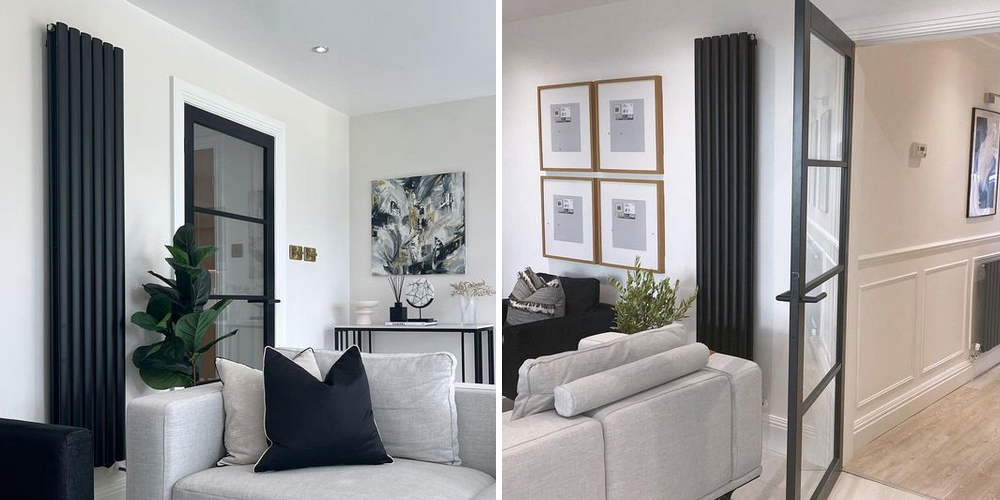
Double panel vertical radiators: These radiators have two panels that emit heat, making them more efficient and suitable for larger rooms or as a primary heat source.

Column vertical radiators: These radiators are made up of multiple vertical columns that emit heat, providing a classic and stylish look. They are available in a range of sizes and can be customised to match your decor.
Key advantages of vertical radiators
There are many advantages to choosing a vertical radiator over a traditional horizontal radiator. The main benefits include:
Space-saving design: Vertical radiators are a great choice for rooms with limited wall space. They take up less horizontal space on the wall, which means that you can place them in narrow or awkward spaces where a traditional radiator wouldn't fit. For example, you could install a vertical radiator in a hallway or behind a door, freeing up valuable floor space.
Improved heat distribution: Vertical radiators distribute heat more evenly throughout a room compared to traditional radiators. Because of their tall, narrow shape, they create a natural convection current that helps to circulate warm air throughout the space. This means that you're less likely to experience cold spots or draughts and the overall temperature of the room will be more consistent.
Ease of installation: Vertical radiators are generally easier to install than traditional radiators, as they require less plumbing work and can be placed in more convenient locations. They can also be installed quickly and easily.
Imagine you have a small bathroom with limited wall space; by choosing a vertical radiator, you can install it on a narrow wall, leaving more floor space for other items. Or, imagine you have a large open-plan living room that's difficult to heat evenly with a traditional radiator. By installing a tall vertical radiator, you can create a more consistent and comfortable temperature throughout the space.
Overall, the space-saving design, improved heat distribution and ease of installation make vertical radiators a smart choice for any modern home.
Vertical radiator installation tips
Installing a vertical radiator is a straightforward process, but there are a few important factors to consider before you get started. Here are some practical tips to help you make the most of your new radiator:
- Placement: When choosing a location for your vertical radiator, consider the space available and the amount of heat that you need. Placing the radiator on a cold external wall can be more efficient as it can help to heat up the room more quickly, but make sure that there is enough space for the radiator and that it doesn't obstruct any doors or windows.
- Sizing: It's essential to choose a radiator that is correctly sized for your room. The size of the radiator will depend on the size of the room, the amount of heat that you need, and the type of insulation that you have. If you're unsure about sizing, consult with a heating expert who can help you choose the right size radiator for your space.
- Maintenance: Regular maintenance is essential to ensure that your vertical radiator performs efficiently and lasts for many years. You should clean the surface of the radiator regularly to remove any dust or debris and ensure that the valves and fittings are tightened and secure. You should also bleed your radiator once a year to remove any trapped air, which can reduce its efficiency.
- Heat output:When choosing a vertical radiator, consider the heat output that you need. The heat output of a radiator is measured in BTUs (British Thermal Units) or Watts and you should choose a radiator with a suitable heat output for your space. A heating expert can advise you on the correct heat output for your room.
- Design:Vertical radiators come in a wide range of designs and styles, so consider the overall aesthetic of your room when choosing a radiator. If your home decor is modern, you can opt for vertical designer radiators, while if you prefer more characterful decoration, more traditional vertical column radiators will be more in keeping with your style. You should always pick a radiator style that complements your existing decor, or alternatively, choose a statement radiator that becomes a focal point of the room.
Vertical radiators offer numerous benefits for modern homes, from space-saving features to improved heat distribution and ease of installation. By choosing a vertical radiator that suits your space, you can enjoy efficient heating and a stylish addition to your decor. If you're considering upgrading your heating system, we would encourage you to explore the benefits of vertical radiators and see how they can improve the comfort and functionality of your home.
FAQs: Vertical radiators

If you're considering a vertical radiator for your home, you may have some questions about their performance, suitability and maintenance. Here are some of the most common questions that people ask about vertical radiators:
Are vertical radiators as efficient as traditional horizontal radiators?
Yes, vertical radiators can be just as efficient as horizontal radiators, provided that they are correctly sized and installed. In fact, because they create a natural convection current, they can often distribute heat more evenly throughout a room than traditional radiators.
Can vertical radiators be used in any room of the house?
Yes, vertical radiators can be used in any room of the house, from the living room and bedrooms to the kitchen and bathroom. They are a versatile heating solution that can be tailored to suit any space.
Are vertical radiators more expensive than horizontal radiators?
The cost of a vertical radiator will depend on its size, type and materials. In general, vertical radiators can be more expensive than traditional horizontal radiators, but they offer additional benefits in terms of space-saving and improved heat distribution.
How do I choose the right size of vertical radiator for my room?
The size of your vertical radiator will depend on the size of your room, the amount of heat that you need and the type of insulation that you have. It's important to choose a radiator that is correctly sized for your space, as an undersized radiator may struggle to heat the room effectively, while an oversized radiator may waste energy and money.
How do I maintain my vertical radiator?
Vertical radiators are generally easy to maintain. You should regularly clean the surface with a soft cloth to remove any dust or debris and ensure that the valves and fittings are tightened and secure. It's also a good idea to bleed your radiator once a year to remove any trapped air, which can reduce its efficiency.
 Need Radiators FAST?
Need Radiators FAST? 



